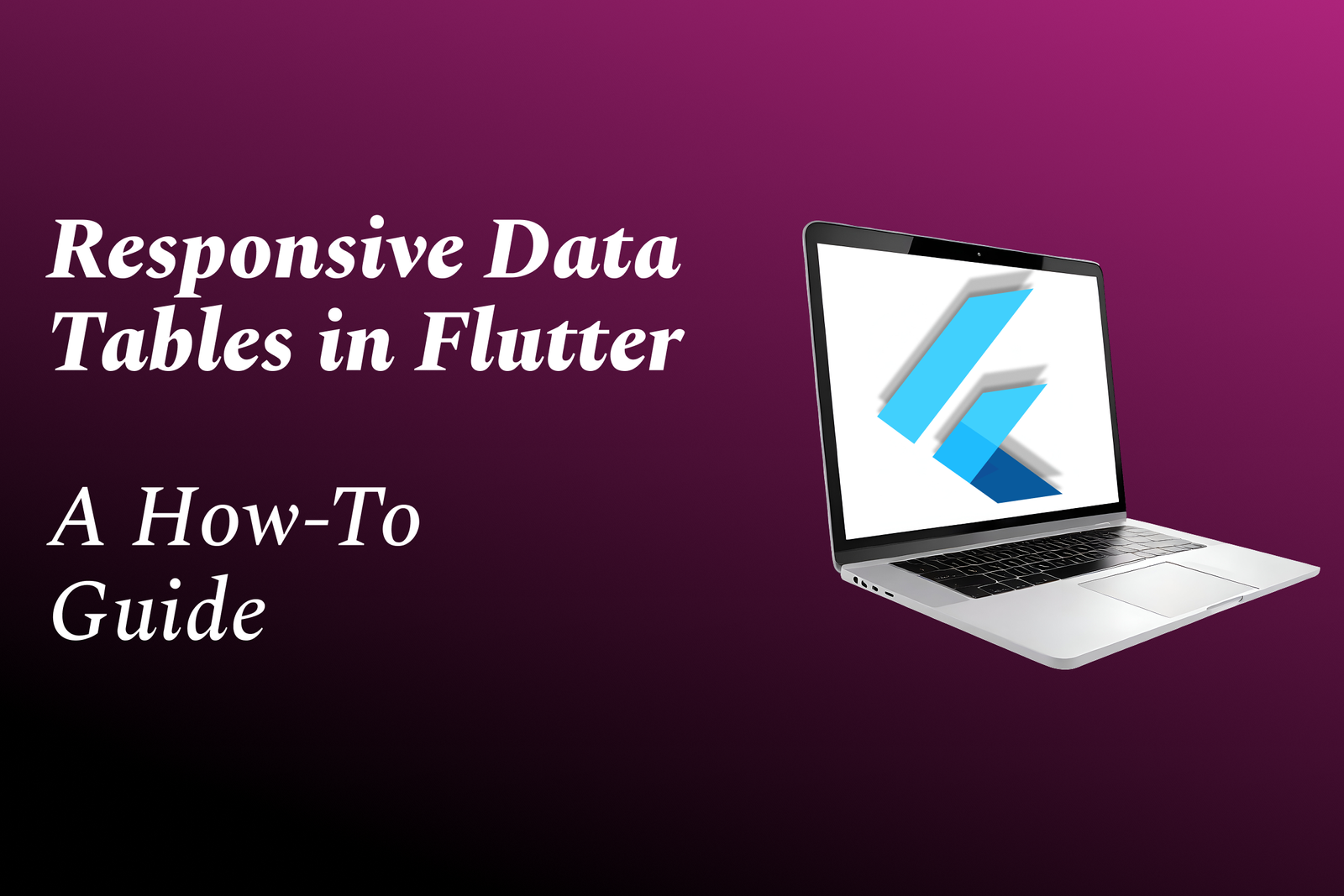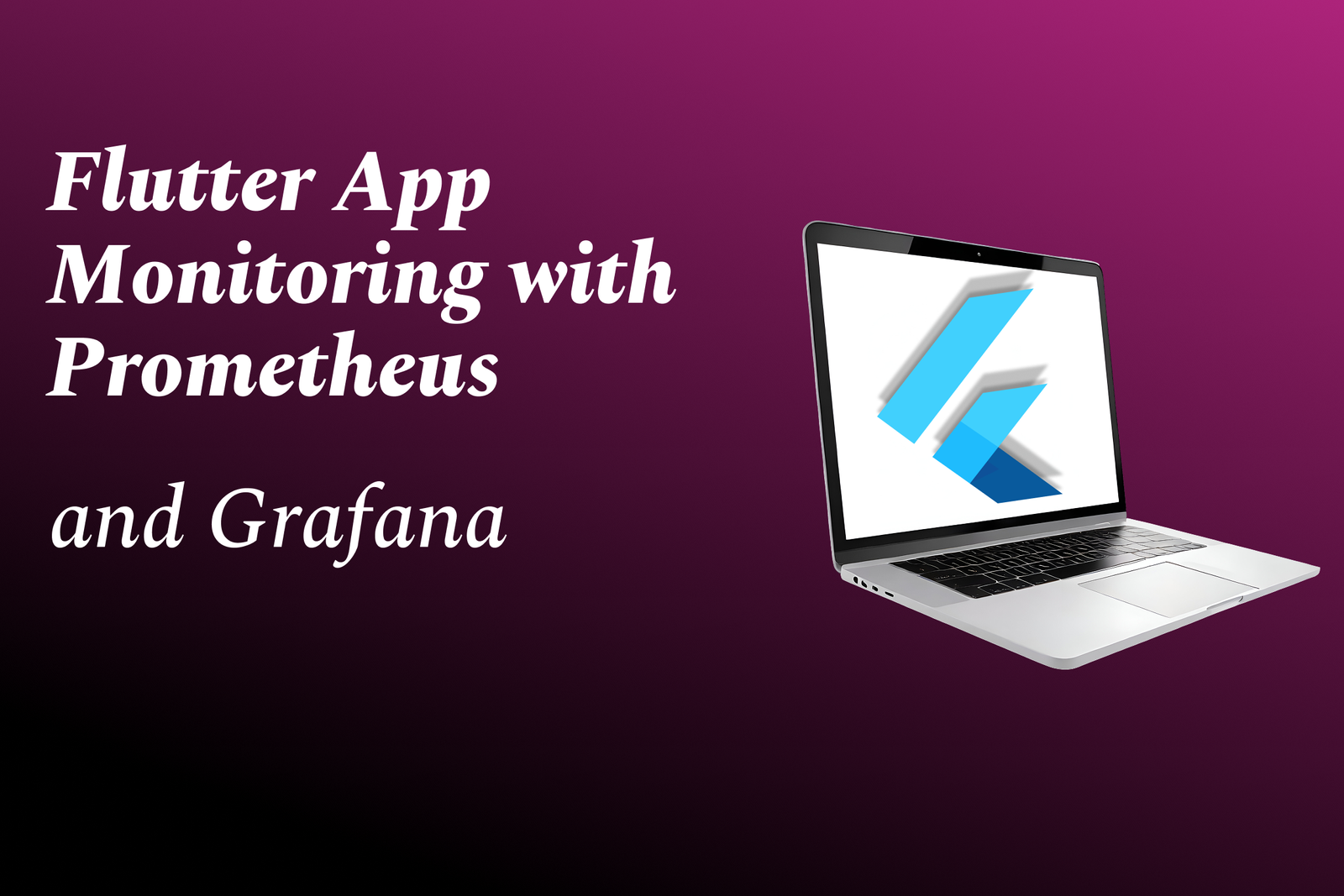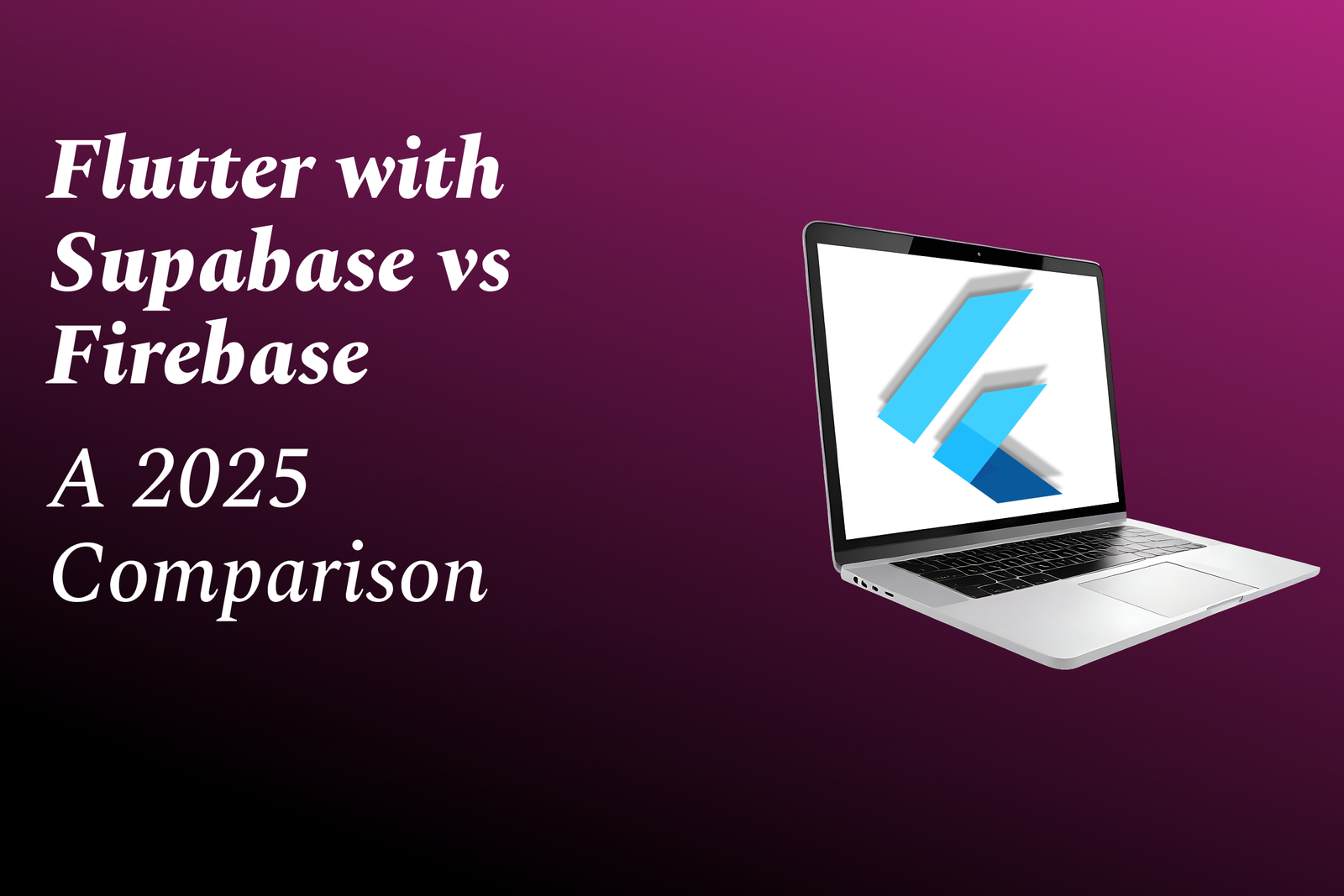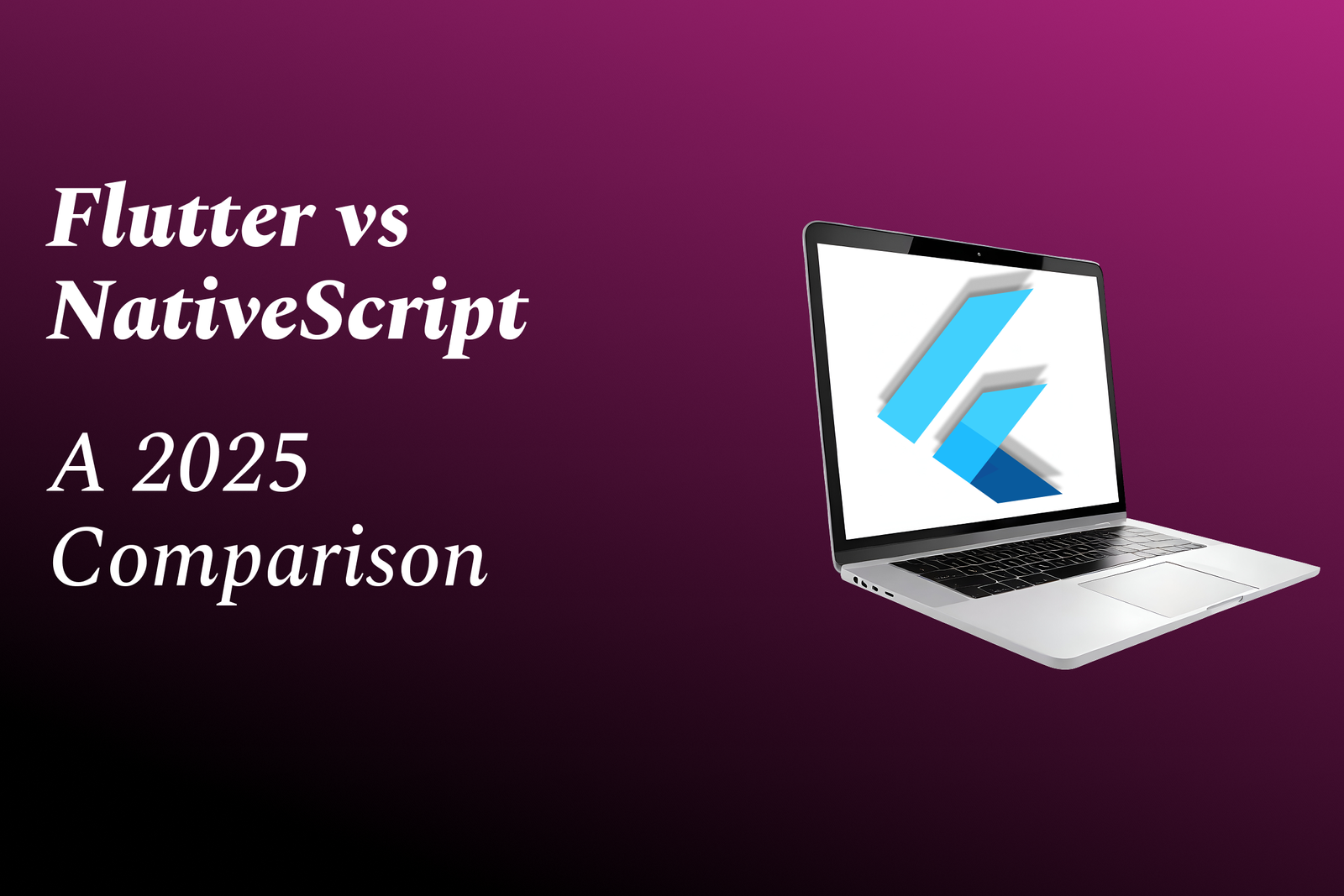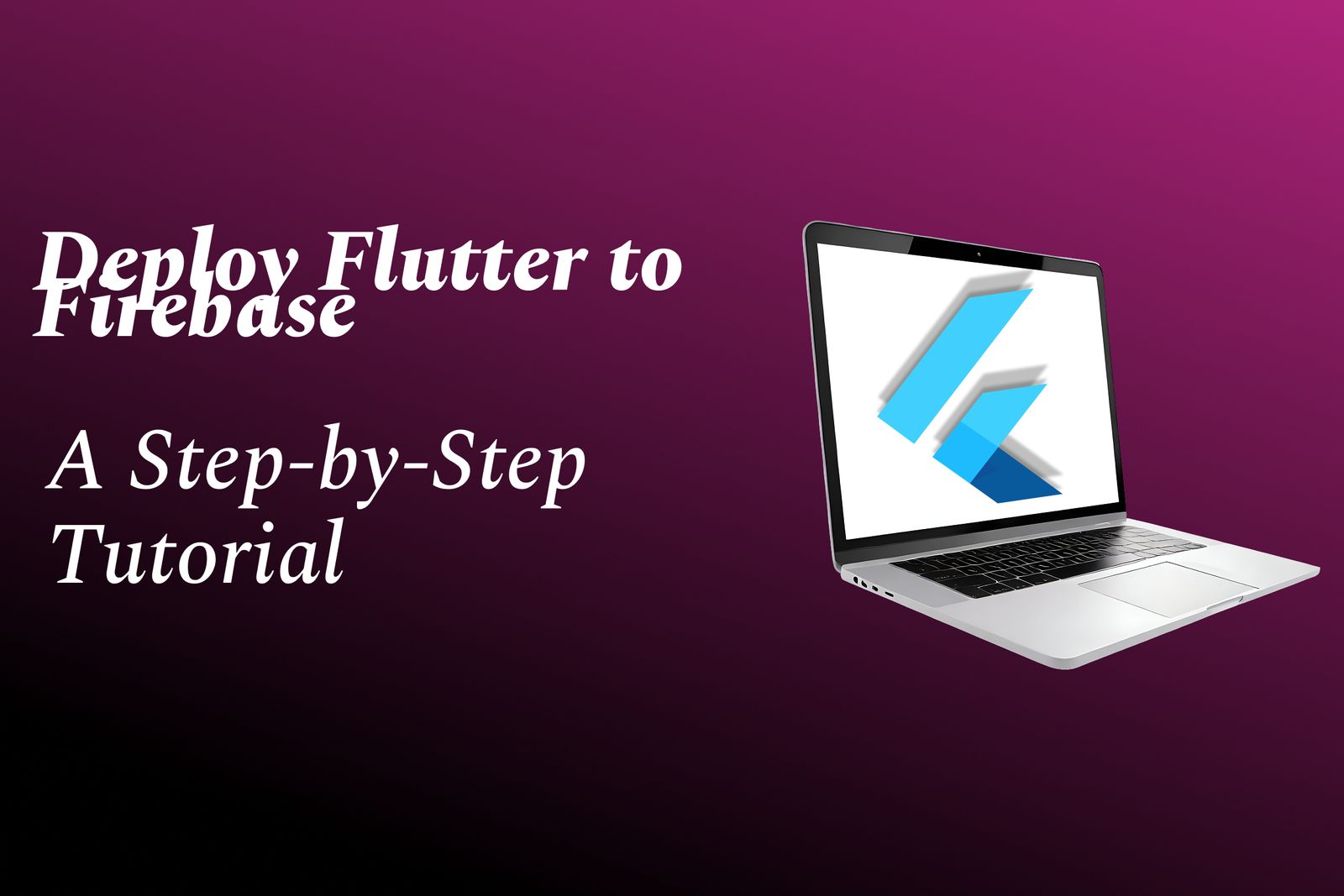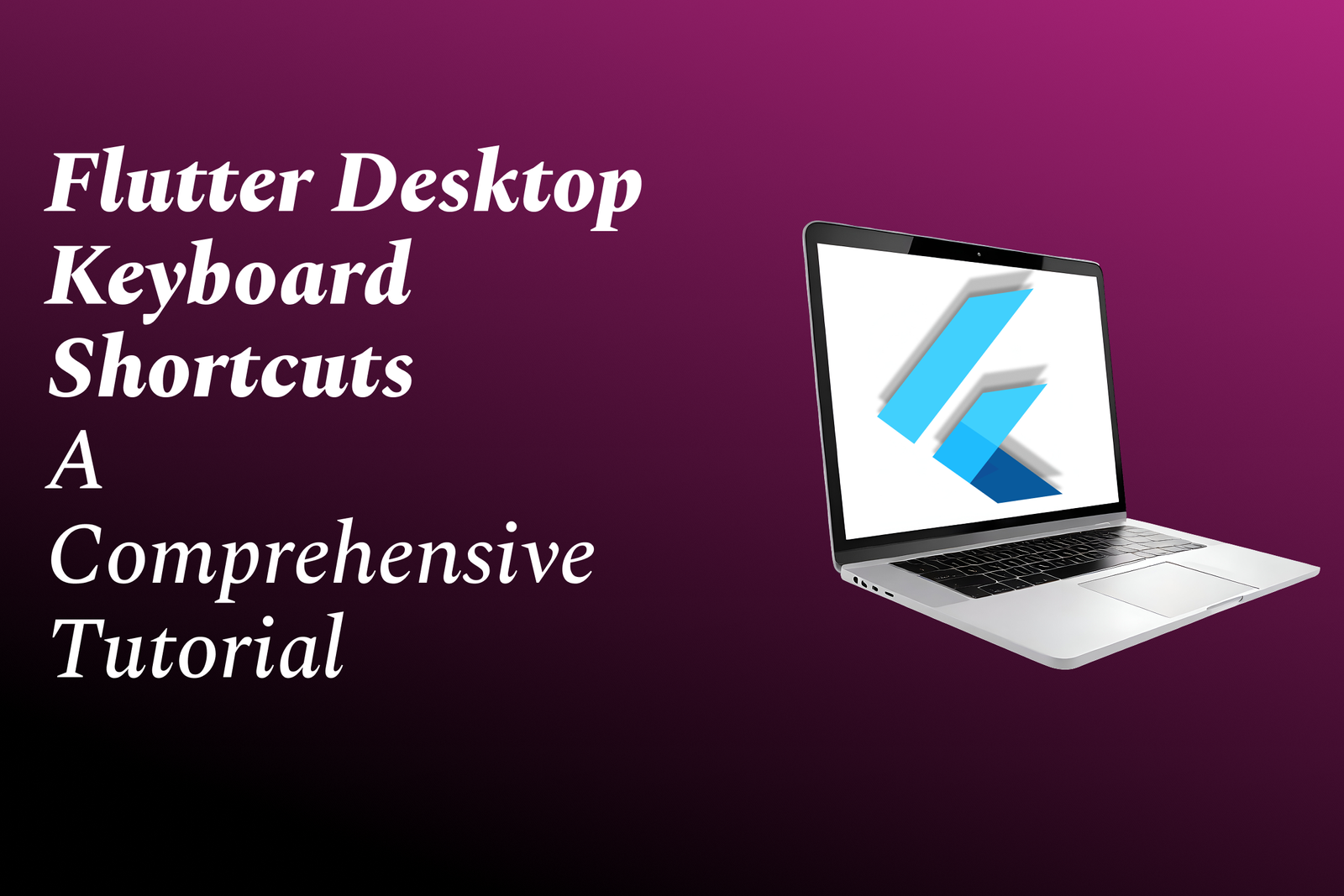Responsive Data Tables In Flutter: A How-To Guide
Responsive data tables in Flutter let you present structured datasets that adapt to different screen sizes and input methods—collapsing or hiding low‑priority columns, switching to stacked card views on phones, or enabling horizontal scroll on narrow displays. This how‑to guide covers practical patterns and widgets (DataTable/DataTable2, PaginatedDataTable, LayoutBuilder, MediaQuery), responsive layout techniques, and features like sorting, filtering, pagination, row selection and virtualization for performance, with tips for handling real‑time updates and accessibility. Following it helps you build clean, performant tables that work consistently across mobile, tablet and web apps.
Responsive Data Tables In Flutter: A How-To Guide
Responsive Data Tables in Flutter let you display complex datasets that adapt fluidly to different screen sizes and input methods, improving usability and accessibility on mobile, tablet and web. By combining widgets like DataTable/PaginatedDataTable with layout tools (LayoutBuilder, MediaQuery) and techniques such as column prioritization, horizontal scrolling or stacked card views, sorting, filtering, pagination and virtualization, you can keep large or real‑time datasets performant and easy to navigate. The result is clearer data discovery, lower cognitive load and a consistent UX—critical for dashboards, reports or project displays used in hands‑on certification courses such as those from JustAcademy.
To Download Our Brochure: **https://www.justacademy.co/download-brochure-for-free
**
Message us for more information: **https://api.whatsapp.com/send?phone=919987184296
**
Responsive Data Tables in Flutter let you display complex datasets that adapt fluidly to different screen sizes and input methods, improving usability and accessibility on mobile, tablet and web. By combining widgets like DataTable/PaginatedDataTable with layout tools (LayoutBuilder, MediaQuery) and techniques such as column prioritization, horizontal scrolling or stacked card views, sorting, filtering, pagination and virtualization, you can keep large or real‑time datasets performant and easy to navigate. The result is clearer data discovery, lower cognitive load and a consistent UX—critical for dashboards, reports or project displays used in hands‑on certification courses such as those from JustAcademy.
Course Overview
Responsive Data Tables in Flutter: A How-To Guide teaches developers to build adaptive, performant tabular UIs using DataTable, layout tools, pagination, sorting, filtering and virtualization, with hands-on projects and JustAcademy certification.
Course Description
Build responsive, high-performance data tables in Flutter—using DataTable, adaptive layouts, pagination, sorting, filtering, and virtualization—through hands-on projects, practical exercises, and a JustAcademy certification.
Key Features
1 - Comprehensive Tool Coverage: Provides hands-on training with a range of industry-standard testing tools, including Selenium, JIRA, LoadRunner, and TestRail.
2) Practical Exercises: Features real-world exercises and case studies to apply tools in various testing scenarios.
3) Interactive Learning: Includes interactive sessions with industry experts for personalized feedback and guidance.
4) Detailed Tutorials: Offers extensive tutorials and documentation on tool functionalities and best practices.
5) Advanced Techniques: Covers both fundamental and advanced techniques for using testing tools effectively.
6) Data Visualization: Integrates tools for visualizing test metrics and results, enhancing data interpretation and decision-making.
7) Tool Integration: Teaches how to integrate testing tools into the software development lifecycle for streamlined workflows.
8) Project-Based Learning: Focuses on project-based learning to build practical skills and create a portfolio of completed tasks.
9) Career Support: Provides resources and support for applying learned skills to real-world job scenarios, including resume building and interview preparation.
10) Up-to-Date Content: Ensures that course materials reflect the latest industry standards and tool updates.
Benefits of taking our course
Functional Tools
1 - Flutter SDK and Dart language
Learn core Flutter framework and Dart fundamentals used to build responsive data tables and UI components.
Training covers SDK setup, hot reload, widget lifecycle, and Dart language features essential for performant table logic.
Hands on labs include building custom table widgets, adapting layouts for different screen sizes, and optimizing render trees.
JustAcademy instructors guide students through practical exercises that mirror real project requirements and industry patterns.
Assessments validate understanding of Flutter widgets, stateful behaviors, and cross platform rendering nuances.
2) Visual Studio Code and Android Studio
Get step by step onboarding for the two most popular IDEs used in Flutter development, including extensions and shortcuts.
Sessions cover project creation, debugger usage, emulator management, and efficient navigation for large table codebases.
Students receive configuration templates, workspace best practices, and editor based code snippets to speed development.
Labs include pairing exercises where students debug layout overflow, inspect constraints, and fix responsive breakpoints.
Guidance also covers native toolchains, platform specific builds, and emulator vs. physical device testing procedures.
3) Flutter DevTools and Dart DevTools
Deep dives into the inspector, performance profiler, and memory/time analysis tools to diagnose table rendering issues.
Training demonstrates frame analysis to identify jank when scrolling large datasets and how to reduce rebuilds and repaints.
Practical labs teach using timeline traces, CPU snapshots, and widget rebuild counters to measure improvements after refactors.
Students learn to set up custom performance benchmarks and produce reports to justify architectural choices to stakeholders.
Sessions emphasize interpreting DevTools output and translating findings into actionable optimization steps.
4) Git, GitHub, and version control workflows
Comprehensive instruction on branching strategies, pull requests, and code review practices tailored to team projects.
Students complete collaborative labs that simulate feature branches for table components, merge conflicts, and CI integration.
JustAcademy provides templates for commit messages, PR checklists, and repo structure optimized for Flutter apps.
Workshops include pairing on git bisect, release tagging, and maintaining multiple environment branches for staging and production.
Time is spent on secure secrets management, dependency pinning, and reproducible builds for responsive table releases.
5) HTTP clients: http, Dio, and Retrofit patterns
Practical modules on fetching, caching, and paginating remote datasets using http and Dio libraries with interceptor patterns.
Training includes building robust API clients, error handling strategies, request cancellation, and retry/backoff mechanisms.
Students implement repository layers and Retrofit style code generation to keep networking code testable and maintainable.
Hands on exercises cover chunked loading, infinite scroll, server driven pagination, and latency simulation to test table UX.
Best practices for secure headers, token refresh flows, and logging of network calls are demonstrated in real scenarios.
6) Local storage: sqflite, Hive, and Drift (Moor)
Compare relational and key value local storage options and learn when to use persistence for offline table data.
Labs show schema design, migrations, indexing for fast queries, and syncing local caches with remote APIs to support responsiveness.
Students implement optimistic updates, conflict resolution, and efficient pagination queries to power virtualized tables.
JustAcademy sessions teach how to profile local DB performance and minimize IO bottlenecks for scroll heavy interfaces.
Evaluations include building an offline capable data table that seamlessly switches between cache and live data.
7) State management: Provider, Riverpod, Bloc, and GetX
Explore multiple state management patterns with focused modules that compare trade offs for table UIs and complex data flows.
Hands on projects implement sorting, filtering, selection models, and undo/redo across Provider, Riverpod, and Bloc implementations.
Students learn dependency injection, scoped listeners, and performance conscious state updates to avoid unnecessary rebuilds.
Training highlights testable architectures and migratory paths when refactoring an app from one pattern to another.
Mentor reviews critique student implementations for scalability, readability, and adherence to best practices.
8) Data table packages: DataTable, PaginatedDataTable, DataTable2, and Syncfusion DataGrid
Detailed walkthroughs of built in and third‑party data grid solutions, focusing on responsiveness, custom cells, and virtualization.
Hands on labs cover customizing headers, column resizing, sticky columns, row selection, and accessibility attributes.
Students build feature parity comparisons and decide which package fits a project’s performance and licensing constraints.
Real projects demonstrate extending tables with inline editors, context menus, and complex cell renderers for mixed content.
Instruction also covers commercial controls (Syncfusion) including evaluation licensing and production integration steps.
9) Responsive layout libraries: responsive_framework, flutter_layout_grid, and LayoutBuilder
Master responsive design patterns that adapt tables to phone, tablet, and web while maintaining usability and performance.
Training teaches breakpoints, adaptive column stacking, density adjustments, and when to switch from table to card views.
Labs involve creating adaptive components that show summarized rows on narrow screens and full grids on wide displays.
Students implement dynamic column hiding, priority based rendering, and gestures tuned for touch vs. mouse input.
Best practices include accessibility considerations, touch target sizing, and graceful degradation for legacy browsers.
10) Virtualization and pagination: infinite_scroll_pagination and list virtualization techniques
Learn techniques to render very large datasets efficiently using windowed lists and server side or client side pagination.
Practical sessions implement lazy loading rows, placeholder skeletons, and prefetch strategies to maintain smooth scrolling.
Students measure memory use and frame rates, comparing different virtualization window sizes and caching heuristics.
Project work includes configuring retry policies, fallback UI for network failures, and maintaining scroll position across updates.
Training covers when virtualization is appropriate versus full table rendering based on dataset characteristics.
11 - API design, mocking, and testing tools: Postman, Mockoon, and json server
Set up mock backends and contract testing to develop table UIs before real APIs are available or to test edge cases.
Labs teach creating deterministic responses, simulating latency/errors, and running integration tests against mocked endpoints.
Students practice API versioning strategies, schema evolution, and how to document endpoints for frontend/backend teams.
Workshops include writing Postman collections, automated mock pipelines, and recording example interactions for QA.
This accelerates project timelines and improves robustness of table behaviors under varied network conditions.
12) JSON serialization and code generation: json_serializable, freezed, and build_runner
Automate model creation, immutability, and equality with code generation to reduce boilerplate for table row models.
Training walks through setting up annotations, generated copyWith patterns, and version safe serialization strategies.
Students integrate generated models with networking and local storage layers and learn how to debug generated code.
Labs include schema changes, migration strategies, and ensuring deterministic serialization for cached datasets.
Best practices for incremental code generation and CI checks for up to date generated files are enforced.
13) Testing tools: flutter_test, integration_test, Mockito, and widget testing
Comprehensive testing curriculum covering unit tests for business logic, widget tests for UI, and integration tests for end to end flows.
Students write tests that validate sorting, filtering, pagination, and selection behaviors of data tables under different states.
Workshops cover mocking backend responses, simulating gestures and scrolls, and measuring flakiness and test performance.
JustAcademy provides testing templates, CI integration examples, and grading rubrics that mirror industry QA standards.
Emphasis is placed on test maintainability, deterministic fixtures, and speed for developer feedback loops.
14) CI/CD and deployment: GitHub Actions, Fastlane, and Firebase Hosting
Implement pipelines that run linting, tests, and generate release artifacts for mobile and web table applications.
Training explains build matrix strategies, caching dependencies, and automating version bumps and changelog generation.
Students configure staged deployments, artifact retention, and rollback procedures for production releases with measurable SLAs.
Hands on labs create a CI workflow that runs integration tests against emulators and deploys a demo table to Firebase Hosting.
Security sessions cover signing keys, secret rotation, and protected deployment branches to keep production safe.
15) Design tools, accessibility, and user testing: Figma, WCAG audits, and screen readers
Teach translation of design specs into responsive components and accessible table semantics that meet WCAG guidelines.
Students perform audits with screen readers, keyboard navigation tests, and contrast checks to ensure inclusive UX for tables.
Workshops include creating accessible focus order, ARIA like semantics in Flutter, and labeling dynamic cells for assistive tech.
Prototyping exercises in Figma show how to specify responsive behavior, density variants, and interaction states for dev handoff.
JustAcademy organizes moderated usability tests where students iterate on prototypes based on real user feedback.
16) Authentication and Authorization: OAuth2, Firebase Auth, and JWT
Implement secure sign in flows, role based access control, and token refresh strategies for table data access.
Labs cover social logins, multi factor auth, and session management with tests for permission edge cases.
17) Real time updates: WebSockets, Firebase Realtime/Firestore, and Socket.IO
Build live updating tables with push updates, optimistic UI, and conflict resolution for concurrent edits.
Projects include presence indicators, row level locking strategies, and offline to online reconciliation.
18) GraphQL and gRPC patterns
Teach schema design, pagination (cursor based), subscriptions for real time rows, and efficient field selection to reduce payloads.
Hands on includes integrating GraphQL clients, writing resolvers, and benchmarking REST vs GraphQL data fetching for tables.
19) Security best practices: OWASP, input validation, and secure storage
Cover common vulnerabilities (injection, XSS equivalents in hybrid apps), secure coding, and safe handling of sensitive table data.
Labs include threat modeling, static analysis tools, and implementing encryption for local caches.
20) Observability and monitoring: Sentry, Firebase Crashlytics, and Prometheus
Set up crash reporting, performance monitoring, and custom metrics to track table load times, scroll jank, and error rates.
Students build dashboards and alerts to detect regressions after releases.
21 - Analytics and instrumentation: Google Analytics, Mixpanel, and custom event tracking
Design event schemas to measure feature adoption (sorting, filtering, exports) and funnel conversions in table workflows.
Workshops include A/B testing hooks, cohort analysis, and privacy compliant tracking strategies.
22) Localization and Internationalization (i18n)
Implement multilingual UIs, RTL layouts, formatted numbers/dates, and locale sensitive sorting in tables.
Exercises include translation workflows, dynamic locale switching, and testing localized edge cases.
23) Exporting and integration: CSV, Excel, and third party connectors
Build robust export/import pipelines, streaming large exports, and integration with data warehouses or BI tools.
Projects cover pivot exports, scheduled reports, and secure sharing links.
24) Data visualization integration: charts, sparklines, and inline metrics
Augment tables with visual summaries, trend indicators, and mini charts for each row to improve data comprehension.
Hands on labs integrate charting libraries and optimize drawing performance for large tables.
25) Plugin and extension development
Teach how to design extensible table architectures that accept plugins for filters, column types, or editors.
Students build plugin APIs, sandboxing strategies, and example marketplace addons.
26) Packaging and publishing: pub.dev packages and private registries
Guide creation of reusable components, semantic versioning, documentation, and publishing workflows for Flutter packages.
Labs include writing examples, maintaining CHANGELOGs, and CI checks for package releases.
27) Scalability architecture: backend patterns and caching
Explore server side pagination, CDN caching, edge compute, and backend aggregation patterns to support millions of rows.
Case studies analyze cost/performance trade offs and propose end to end solutions.
28) Cloud services and serverless: Firebase Functions, AWS Lambda, and Cloud Run
Implement backend functions for heavy operations (exports, aggregation, scheduled syncs) and design idempotent jobs.
Projects include scaling functions, observability, and retries for long running tasks.
29) Feature flags and phased rollouts
Use launchdarkly style patterns or open source toggles to safely ship table changes and rollback problematic features.
Labs include metrics gating and canary release strategies.
30) Performance budgets and profiling workflows
Establish measurable performance targets (first render, time to interactive) and CI checks that fail on regressions.
Students automate profiling runs and create performance improvement plans.
31 - Design systems and component libraries
Create consistent, themeable table components with tokens, accessibility rules, and documentation for cross team reuse.
Workshops cover storybook like demo pages and versioned component catalogs.
32) Accessibility deep dive and certification prep
Advanced focus on keyboard only workflows, screen reader testing across platforms, and conformance testing against WCAG.
Students produce remediation reports and validate fixes with assistive tech users.
33) Data governance and compliance: GDPR, CCPA, and audit trails
Teach data minimization, consent flows, encryption at rest, and audit logging for sensitive table operations.
Exercises include designing deletion flows and legal compliance checklists for product releases.
34) Soft skills and product collaboration
Train on stakeholder interviews, requirement gathering for table features, PR etiquette, and writing clear technical documentation.
Mock sprint ceremonies and cross discipline reviews to simulate real project environments.
35) Capstone project, portfolio, and career support
Deliver a full production ready table application integrating networking, offline sync, testing, CI, and monitoring.
JustAcademy mentors review projects for portfolio presentation, prepare students for interviews, and issue certifications.
If you want more specialized modules (e.g., industry specific data tables like finance or healthcare, or a deeper focus on web vs mobile differences), indicate the target domain and audience level and additional points will be added.
Browse our course links : https://www.justacademy.in/all-courses
To Join our FREE DEMO Session: https://www.justacademy.in/register-for-course-demo
This information is sourced from JustAcademy
Contact Info:
Roshan Chaturvedi
Message us on Whatsapp: https://api.whatsapp.com/send?phone=919987184296
**Email id: mailto:info@justacademy.co
**
https://www.justacademy.co/blog-detail/flutter-telehealth-apps:-a-development-guide
https://www.justacademy.co/blog-detail/flutter-developer-salary-2025:-a-global-comparison
https://www.justacademy.co/blog-detail/gamification-in-flutter:-engaging-your-users
https://www.justacademy.co/blog-detail/native-to-flutter-migration:-a-strategic-guide
https://www.justacademy.co/blog-detail/debugging-dart-null-safety-issues-in-flutter
Build Responsive Data Tables in Flutter: Step-by-Step Tutorial for Mobile & Web (Sortable, Paginated, Searchable)
Flutter Responsive Data Tables Tutorial — Build Searchable, Sortable & Paginated Tables for Mobile & Web | JustAcademy
Flutter Responsive Data Tables: Complete Step-by-Step Guide to Searchable, Sortable & Paginated Tables for Mobile & Web | JustAcademy
Flutter Responsive Data Tables Tutorial: Build Searchable, Sortable & Paginated Tables for Mobile & Web | JustAcademy
